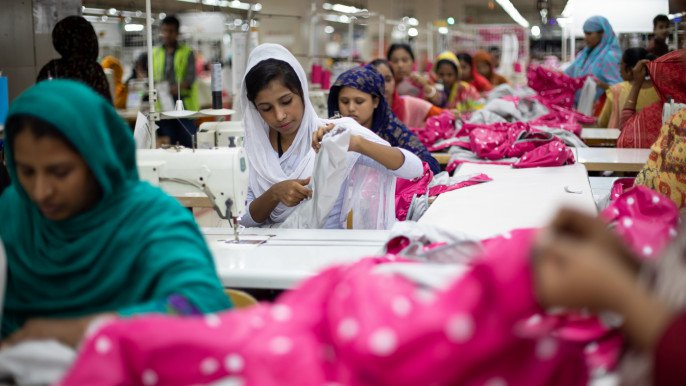Published in New Age on June 07, 2018

LIMITED scope for technical education which fails to meet the requirement of the apparel industry in Bangladesh appears to be gravely concerning in that while several billion dollars in salaries and allowances paid to top-level foreign employees fly out of the country, the situation, if it continues for long, is likely to spell a disaster for the industry as it would grow further.
An unpublished study by the University of Dhaka and the Centre for Excellence of BGMEA estimates, as New Age reported on Wednesday, that 3,4340 expatriates hold top positions in apparel factories who send about $2.36 billion that they receive in salary and allowances out of the country every year.
Foreigners working in the apparel industry mainly include people from India, Pakistan, Sri Lanka, China, Turkey, the Philippines and Taiwan with the Sri Lankans and Indians predominating.
Business insiders, however, say that the figure could be much higher as the study has not taken into account foreigners working in buying houses and other organisations related to the apparel trade.
The amount that foreigners working in the apparel industry remit is reported to account for almost one-eleventh of the total yearly apparel export earning and about one-eighth of what expatriates from other countries remit to Bangladesh.
The situation is blamed onto to the limited scope for technical education that universities and technical institutions can provide.
They all are reported to train about 25,000–30,000 people for the jobs and the number is considered too small.
Besides, as factory owners say, locally trained people hardly have sufficient managerial and communications skills, forcing a dependence on expatriate employees.
An account says that the apparel sector faced a shortage of about 1,74,000 skilled people from the floor to executive level in 2017–2018.
The situation could worsen in 2020–2021 when the industry, as it further grows, would face a shortage of 1,82,000 people if the situation persists.
Another account says that the garment and textile sector would need 8,00,000 specialised employees by 2021 when Bangladesh would be producing only 40,000 trained people.
The apparel sector, which now employs four million people, 60 per cent of whom are women, in 5,000 factories, started its journey as an export-oriented industry in the late 1970s and gained ground in the 1980s.
The sector fetches the country $28 billion a year, which amounts to more than 80 per cent of the total export earnings of Bangladesh.
In all that has happened, it seems that both the government and apparel factory owners, which include the exporters’ associations, who have been busy earning money all along have all these years only overlooked this aspect of the apparel trade.
It was the duty of the government to take early steps to produce the required human resources for the sector as much as it was an urgency on part of the apparel sector leaders to prepare the ground.
The government and the apparel sector leaders both now must work out a plan to plug this hole without further delay.
 CPD RMG Study Stitching a better future for Bangladesh
CPD RMG Study Stitching a better future for Bangladesh



